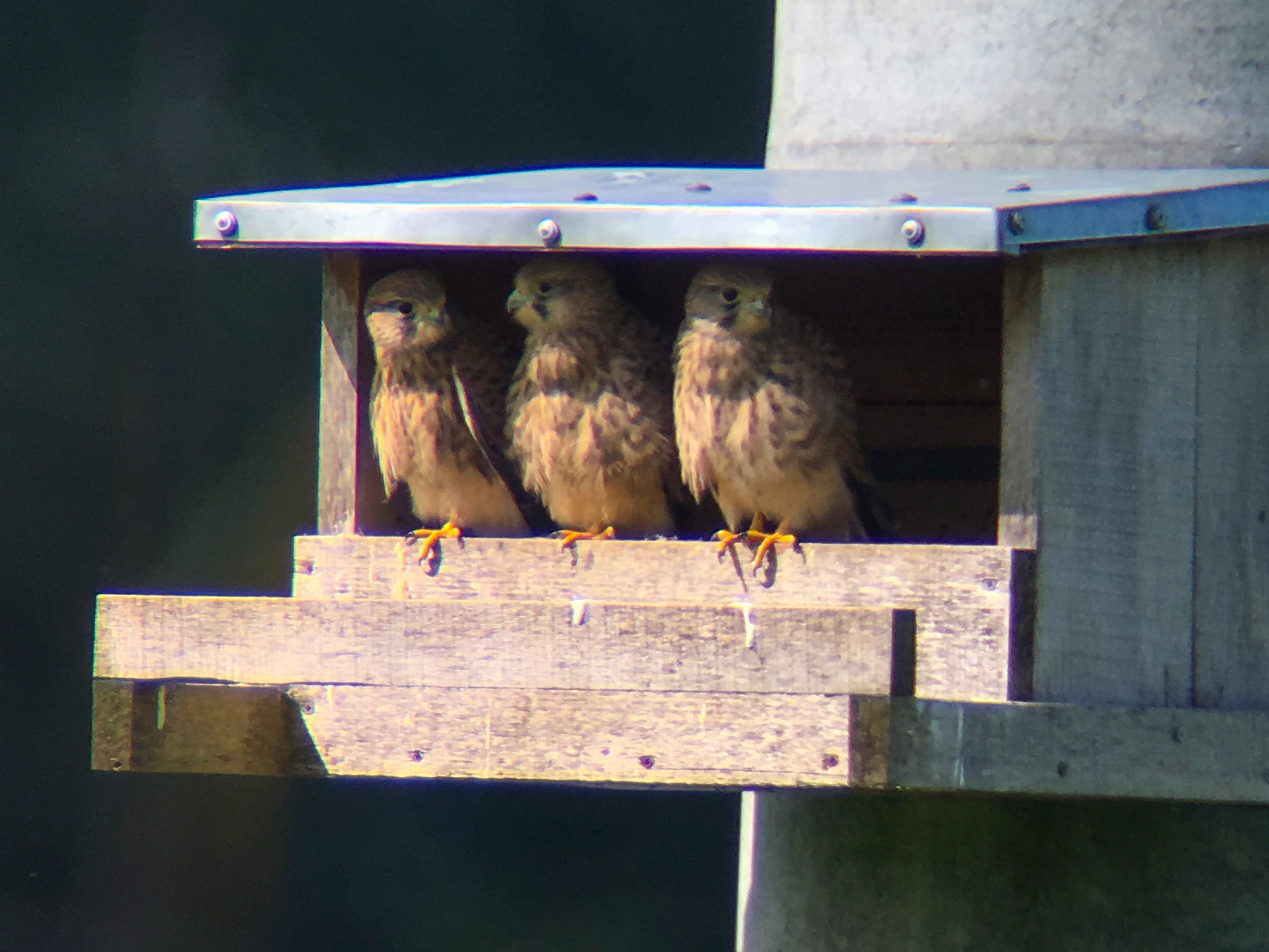Monitoring of the Common Kestrels nests

One of the project’s key objectives was to improve Common Kestrel’s breeding conditions and seeking to achieve it, more than 500 nesting boxes were erected on the poles of the high voltage electricity transmission lines.
Common Kestrels, alike other birds of prey, intensively feeding their offspring in June and July. These birds start breeding at different time – as a result the age of offspring might differ up to a month. Until the first flight, the chicks spending first 30-36 days in the nest, however even afterwards they stay close to the nest and coming back to overnight. Even after the offspring left the nest, their parents need to take care and to feed chicks until they use to learn how to live independently and to be ready for the first migration.
The last month was devoted for the monitoring activities – the project staff checked numerous nest overall Lithuania. Starting 2015, in the frame of the project more than 400 nests will be visited and checked. A part of offspring already left the nests, however some of them just got the last feathers.
Occupied by the Common Kestrels’ nests, which have been erected during the whole project life time, can be observed in the special database http://corpi.lt/data/lizdai/index.php/home
Video about Common Kestrel’s offspring in the nest close to Alytus https://www.youtube.com/watch?v=LXlbqVfFF1k&feature=youtu.be
Back
Projektą „Paukščių apsaugos priemonių įdiegimas Lietuvos aukštos įtampos elektros energijos perdavimo tinkluose“ (LIFE13 BIO/LT/001303) finansuoja Europos Sąjungos aplinkos finansinis mechanizmas „LIFE+“, LR Aplinkos ministerija ir projekto partneriai. Projekto pradžia – 2014 m. birželis, planuojama pabaiga – 2018 m. liepa.





